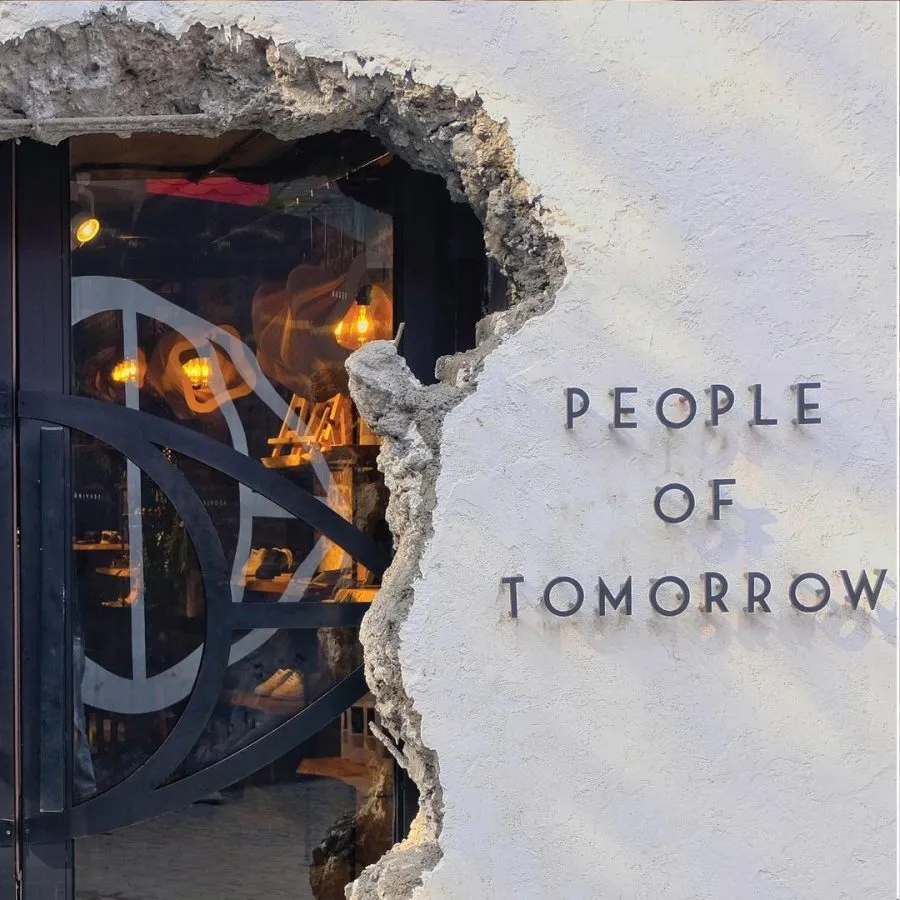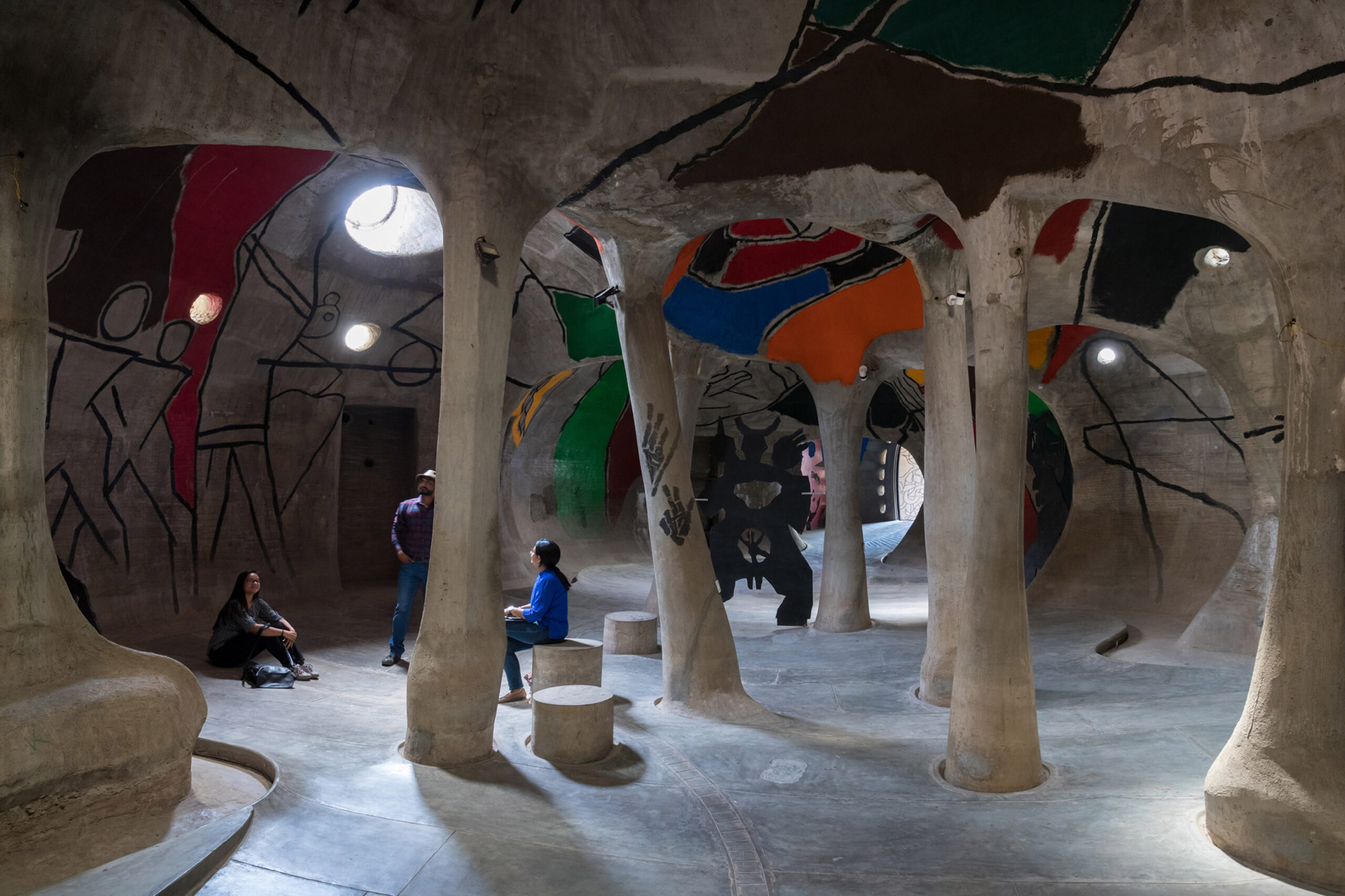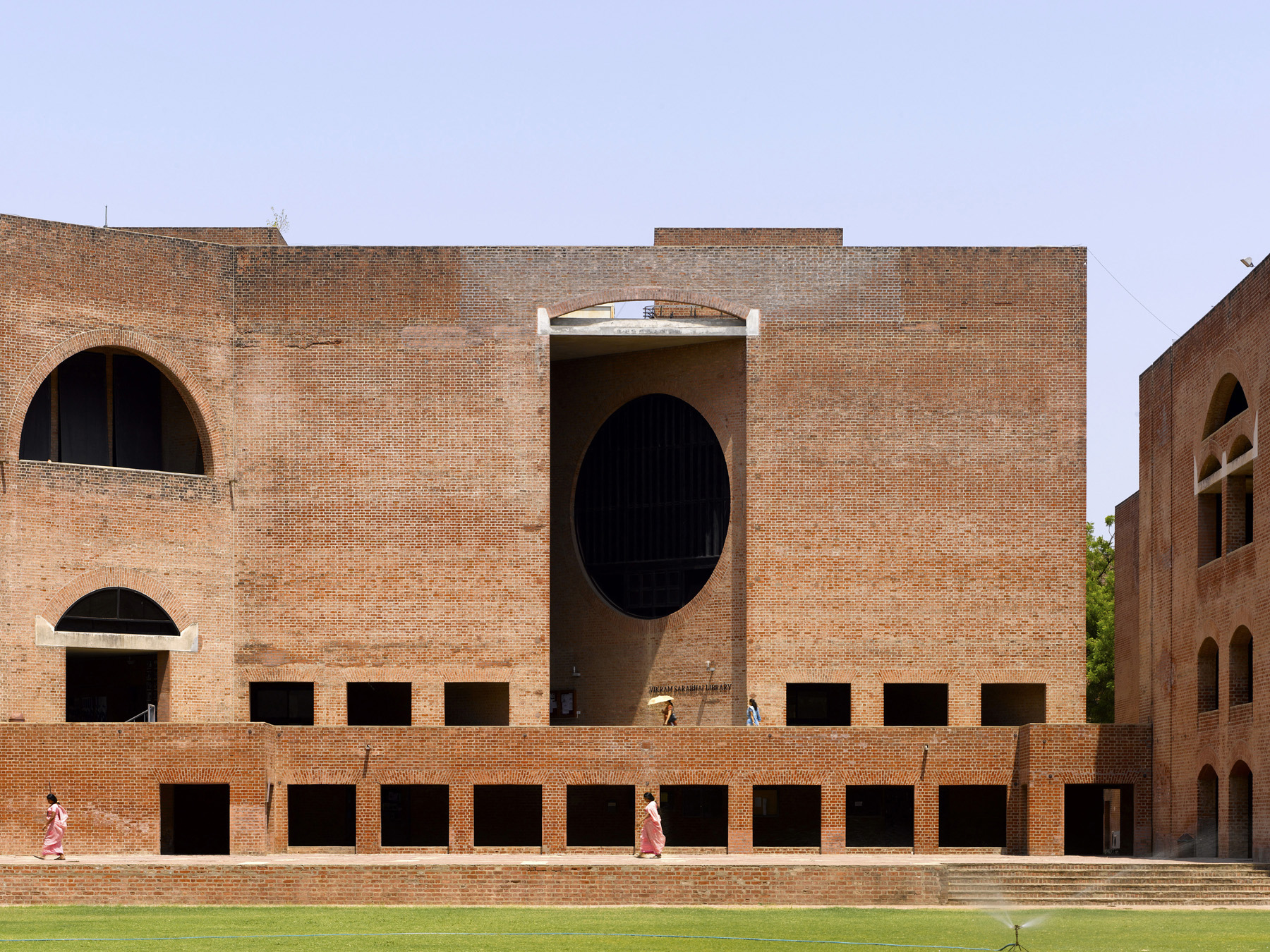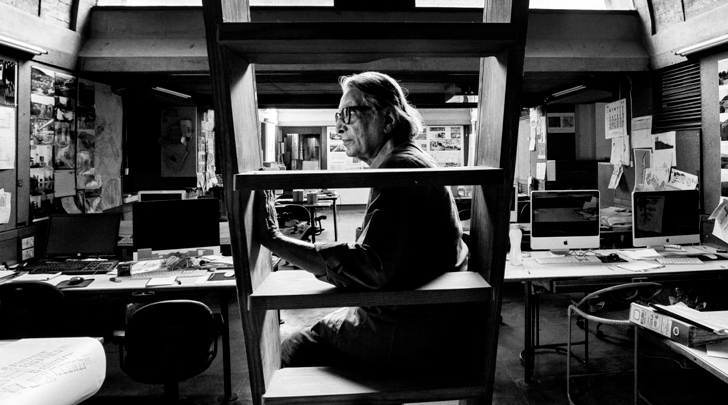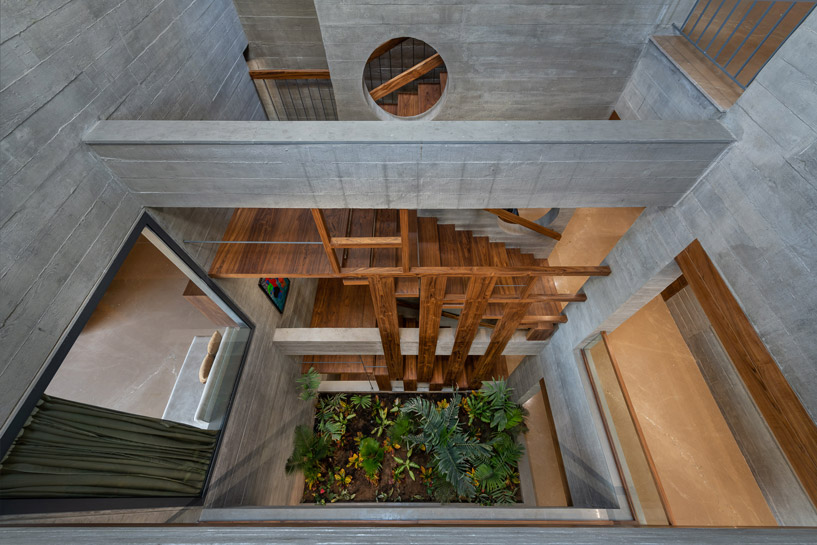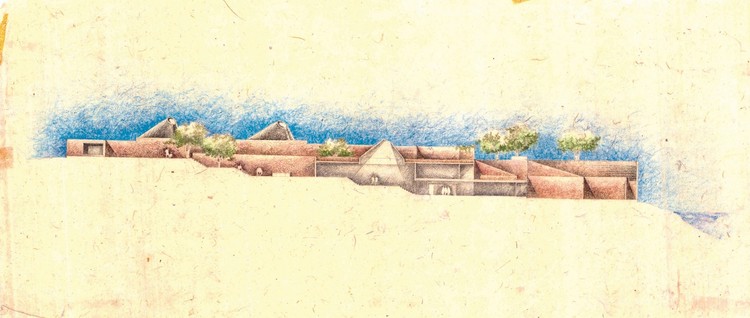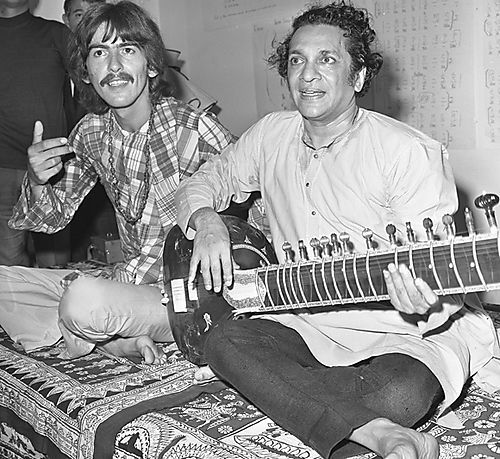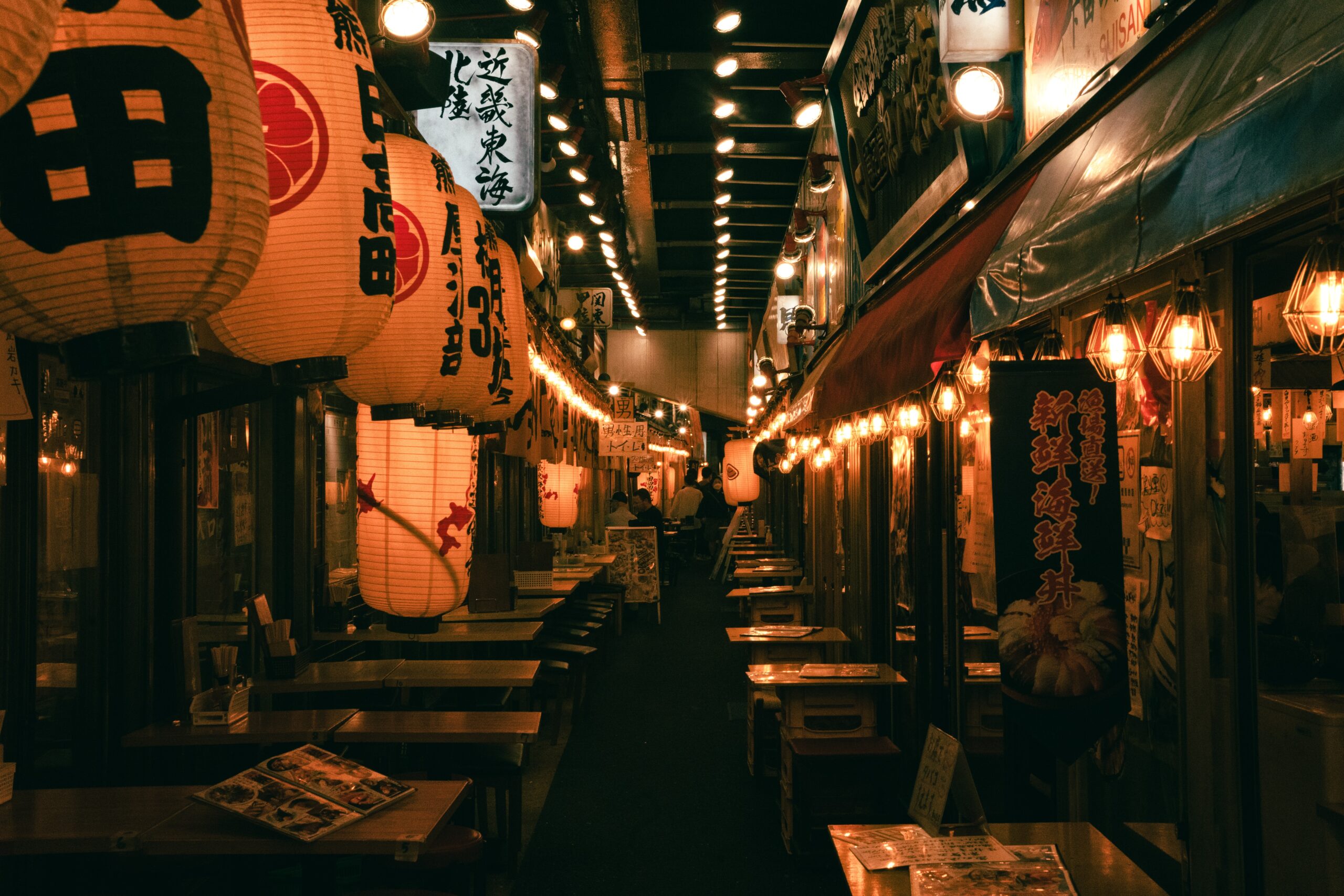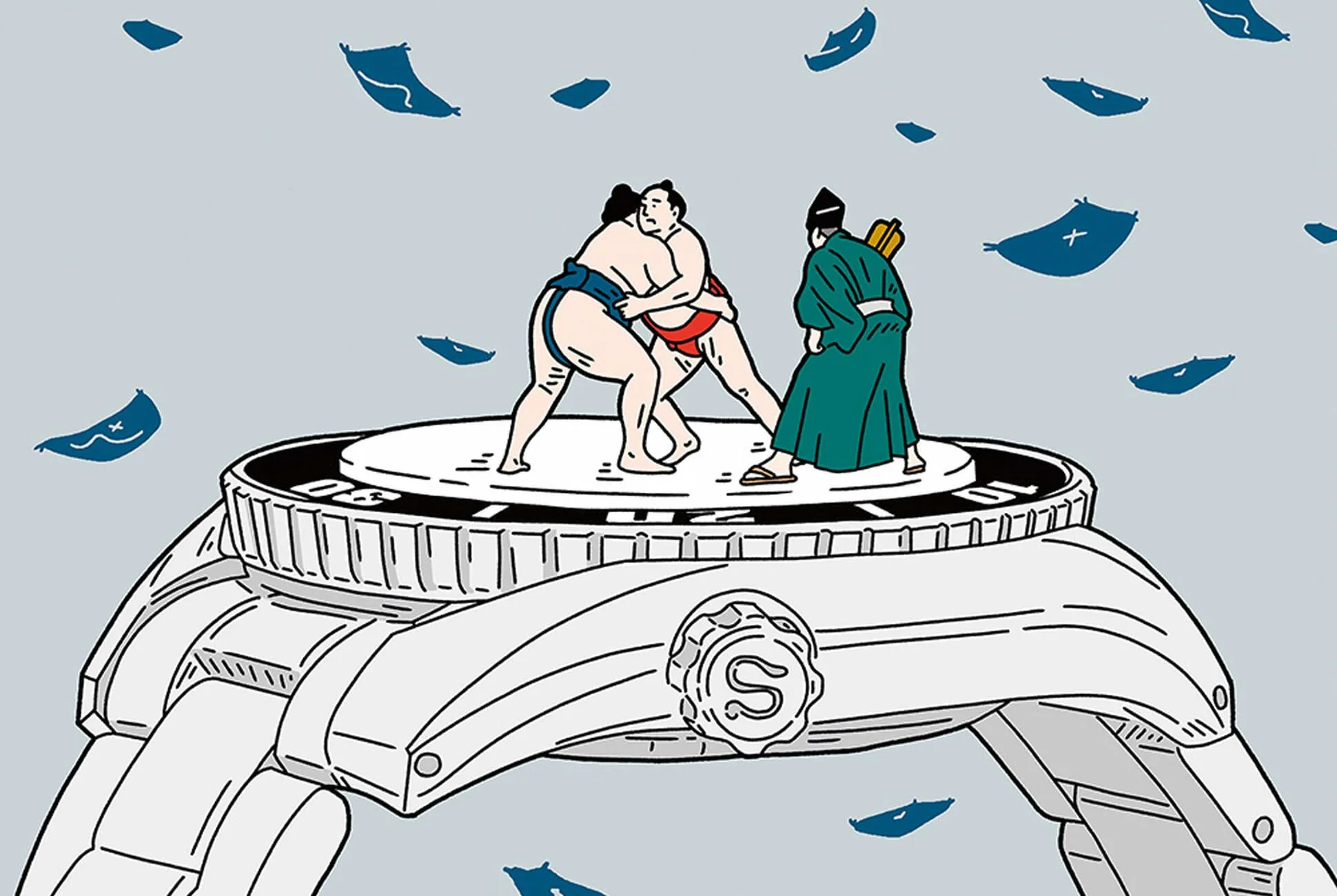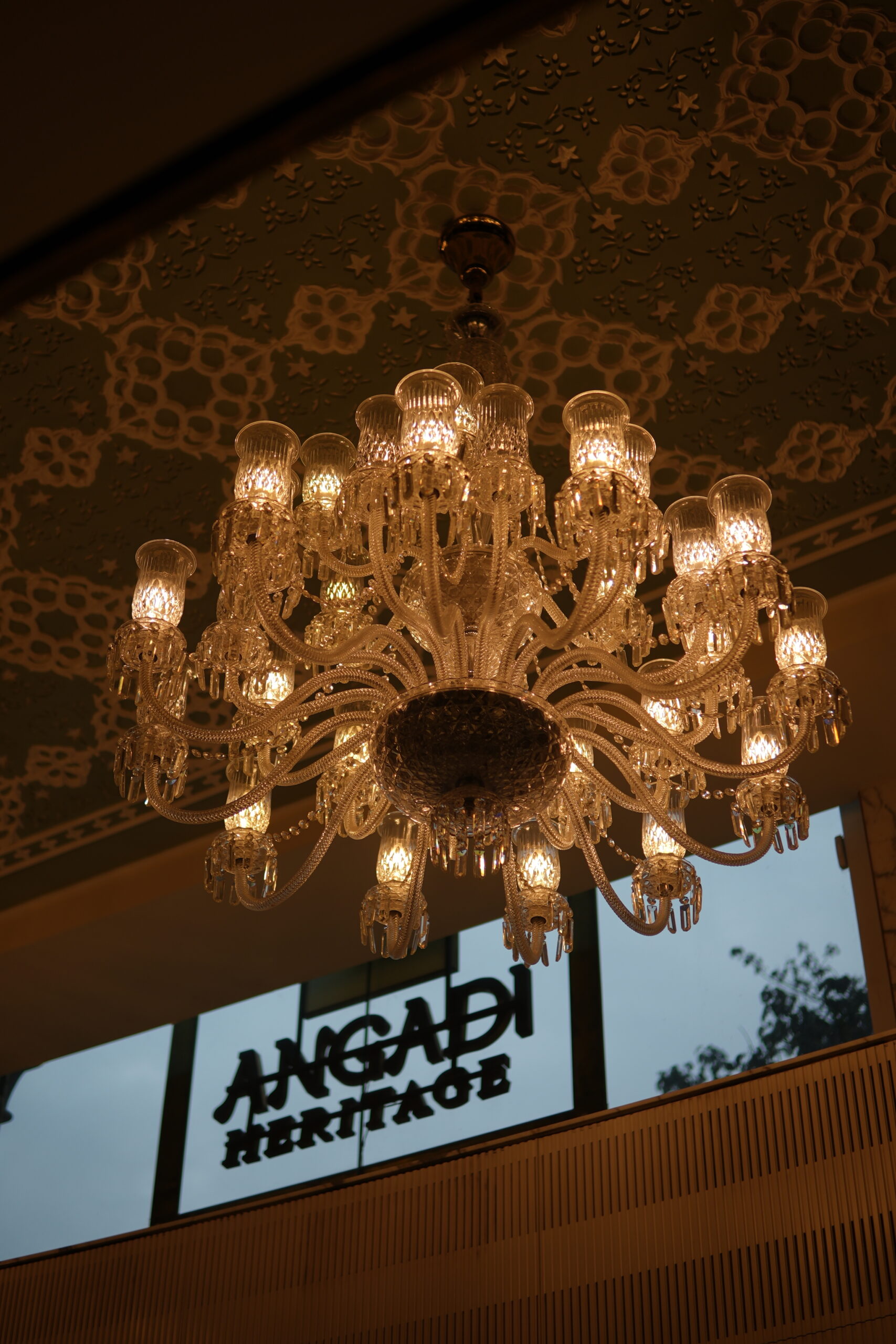In the mid-20th century, the robust and unapologetic aesthetic of Brutalist architecture made its way into the dynamic urban landscape of India, imprinting a lasting legacy on the nation’s architectural identity. Born in the post-war era, this movement sought to communicate a profound sense of honesty, functionality, and monumentality, ultimately symbolising India’s journey towards modernity and progress. This article navigates through the historical roots, key examples, and influential architects that defined Brutalist architecture in India.
In the 1950s and 1960s, India searched for a distinctive national identity and a break from colonial influences. The Brutalist movement gained momentum during this time. Architects keen to embrace a modern, forward-looking style that could articulate the aspirations of a newly independent India turned to the bold and unconventional use of exposed concrete. This departure from traditional building materials became synonymous with Brutalism and found a receptive audience among Indian architects.
‘Amdavad ni gufa’ Art Gallery
Architect Balkrishna Doshi in collaboration with M.F. Hussain
Le Corbusier, the Swiss-French architect, left an enduring imprint on Brutalist architecture in India with his pivotal involvement in the design of Chandigarh. His groundbreaking use of concrete and geometric forms not only defined the architectural landscape of Chandigarh but also laid the foundation for the evolution of Brutalism across the country, influencing successive generations of architects. Similarly, Balkrishna Doshi, a prominent figure in Indian architecture, played a vital role in popularising Brutalist principles. Doshi’s architectural contributions, exemplified by projects like IIM Bangalore and the National Institute of Fashion Technology in New Delhi, seamlessly blend functionality with aesthetic appeal. Often hailed as the “Father of Modern Indian Architecture,” Charles Correa made significant contributions to the Brutalist movement. His designs, epitomised by structures like Bharat Bhavan in Bhopal, showcase a dedication to sustainable and contextually relevant architecture, leaving behind a lasting legacy in India’s architectural narrative.
(L-R) IIM-Ahmedabad Campus; B.V. Doshi at Sangath ; BETON BRUT-Ahmedabad
Designed by the renowned architect Le Corbusier, the city of Chandigarh emerges as an iconic example of Brutalist architecture. The High Court and the Palace of Assembly, with their massive concrete structures and clean lines, embody the very essence of Brutalism. Le Corbusier’s influence extends beyond architectural design, as he played a significant role in planning the entire city, making Chandigarh a testament to the fusion of functionality and urban planning.
The IIM campus in Bangalore, designed by the acclaimed architect B.V. Doshi, flawlessly amalgamates Brutalist principles with a regional touch. Buildings like the Auditorium and the Classroom Complex showcase Doshi’s commitment to functionality while embracing the raw beauty of bare concrete, contributing to the timeless allure of Brutalist design.
Charles Correa’s design of Bharat Bhavan, a multi-arts complex completed in 1982, stands as another noteworthy example of Brutalist architecture in India. The interconnected structures with exposed concrete elements blend harmoniously with the surrounding landscape, reflecting Correa’s sensitivity to the cultural and environmental context of the region.
Bharat Bhavan drawing by Charles Correa
Brutalist architecture in India stands as a transformative chapter in the nation’s architectural narrative, encapsulating the essence of progress and modernity, while celebrating its roots. This movement introduced a distinctive aesthetic while leaving an enduring impact, shaping contemporary architectural practices. The iconic Brutalist structures serve as more than mere monuments; they are powerful testaments to India’s post-independence architectural evolution. These structures act as poignant reminders, echoing the boundless creativity and visionary spirit of the architects who indelibly shaped the built environment during the mid-20th century.
Words by Esha Aphale.
Image courtesy Archdaily, The Architect’s Newspaper, and Sebastian Zachariah.
